The Order 1886 Review: A Cinematic Experience But Boring Gameplay
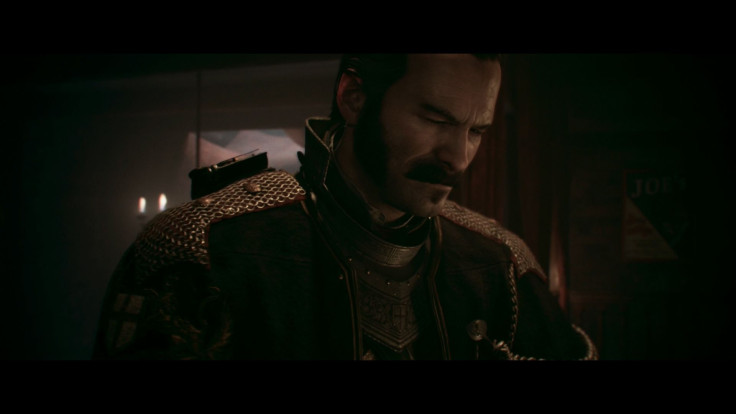
The Order: 1886 has been touted by Sony as one of 2015’s biggest potential hits. Sony has invested in a massive advertising campaign, but it may come back to bite them; although The Order: 1886 is exceedingly gorgeous and technically impressive, it is by no means a desirable gaming experience. Developer "Ready At Day" wanted to make a cinematic game, but instead they've made a slightly interactive film.
As Galahad, a grizzled, mustachioed member of a Victorian-era incarnation of the famed Knights Of The Round Table, you investigate parts of 19th Century London, You’re initially tasked with hunting down supernatural creatures (in this case werewolves) and cross paths with some of history’s greatest figures, like Nikola Tesla.
Following Galahad on his short journey (recorded around 8 hours on my playthrough) is not quite the adventure the marketing campaign has pushed, and it’s not worth sitting through. It’s rife with entirely predictable “twists” and recycles cliches ad nauseum. Seriously, two characters tell Galahad, “We’re not so different.”
Maybe they were, maybe they weren’t. But The Order: 1886 is so much less than the advertisements might lead you to expect.
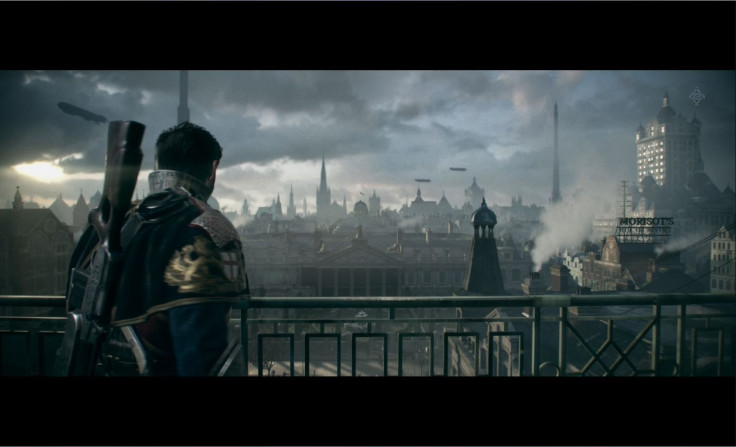
The Good
If nothing else, The Order: 1886 is absolutely gorgeous. Every part of Victorian London has been grafted with deep greys, blues, and browns to produce an utterly stunning and believable atmosphere. Complementing this is a clever film grain effect that developer Ready At Dawn placed on top of everything in the game, and the letterbox format (black bar on the top and bottom of the actual video transmission) help cement The Order: 1886 as a truly cinematic experience.
The technical wonders continue with facial structures and animations; Ready At Dawn has done some of, if not the best work in the business here. Facial animations and dialogue are closer to flesh and bone counterparts than anything I’ve seen before. There’s still some stiffness in characters’ brows and upper cheekbones, but The Order’s work is exceedingly impressive.
More commendable still is the game’s engine. The Order switches from gameplay to full motion video completely seamlessly. There’s zero distinction between what you’re controlling and what you’re not, even as you transition from gunslinging segments to walking. Once you’re past the main menu, you will not find a loading screen.
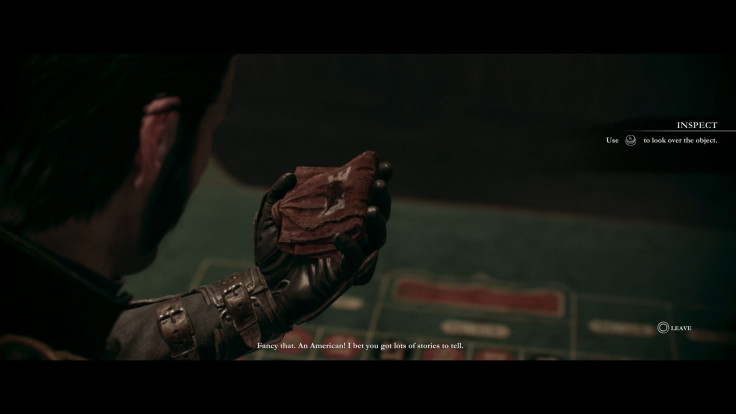
Inspecting items, though nonessential and utterly meaningless in the grand scheme of things, does show off one of the coolest parts of the game engine: when you turn or rotate an item with the analog sticks, Galahad’s wrist, shoulder, and arm move like an actual person’s would. This seems like a minor point (and in the grand context of this game, it’s not going to be something gamers will remember), but previous attempts at doing this in other games usually resulted in jerky movements (or they simply used a button to enable a scripted action). Here, you can fiddle around in real time.
As a technical showcase, The Order: 1886 is a masterpiece. It shows what’s really possible with the PS4. But it’s not billed as a technical showcase, it’s billed as a third-person action/shooter -- and it fails to deliver.
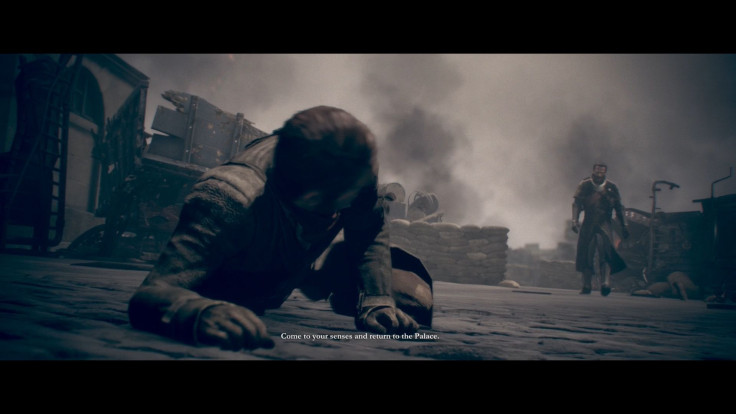
The Bad
Perhaps the biggest sin a game can commit is narcissism, and The Order is eager to dive into the lake. You’re not allowed to deviate from the very specific parameters given to you, from the streets you walk on to the people you talk to and the items you inspect. If it doesn’t fit in to the very specific mold the game has in mind, you can’t interact with it.
You’re not adventuring through London and figuring things out on your own -- you’re being led on a guided tour. Walk to this checkpoint, watch a ten minute cutscene, walk to the next checkpoint, five minute cutscene gets interrupted by a fight with generic, boring enemies. Move on to the next place. Watch another ten minute cutscene.
Honestly, is this supposed to be fun? I understand the commitment to telling the exact story you want, but despite its aesthetic, this is still a video game. You’ve got to give players a reason to be invested in your game about the werewolves of London, and there’s just not much here to grab onto. Outside of cutscenes, the only recurring mechanic is quick time events. QTEs aren’t inherently bad, but when a game uses them constantly for even the most menial of tasks (lowering a chain, for example) they feel lazy. To then throw these elements into the “boss” battles as well (which are almost completely identical) flat out confirms it.
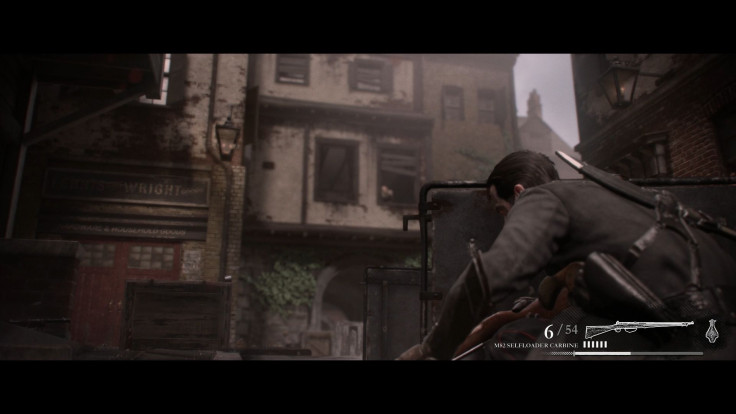
So perhaps the monotonous gameplay could be overlooked, if the story was any good. The Order swings, but it whiffs hard. Spoilers from this part on.
Galahad is just a brusk soldier type, riding on his high horse of absinthe and mustache wax -- he doesn’t have time to jest (no, he actually says that). Nothing he says or does is particularly memorable, or really even likable. He serves only to beat the game’s “political corruption” trope into your head.
Even that could be salvaged, if anyone around him was worth paying attention to. Surprise: they aren’t. Lafayette is a stereotypical womanizing Frenchman, Isabeau is the headstrong protege who puts herself in danger. Oh, and Lord Hastings (who oversees the knights of The Order, is a vampire hell-bent on infecting others and sending them to America to infect other people.

Galahad starts out fighting werewolves, as Knights of The Order are typically tasked with eliminating supernatural creature who pose harm to the crown. That’s actually a great premise for an action game, but it’s quickly thrown aside so Galahad can fight wave after wave of idiotic human enemies for the sake of “crushing the rebels.” It’s the same situations again and again: Run into a room, human enemies of two or three types pour out of the other side (rifle, shotgun, sniper if you’re outside). Duck behind cover, wait for enemies to pop out, shoot them. Clear area, move up, repeat. Cutscene. Galahad barks while someone tries to get him to relax. There’s no challenge in this; these enemies are not difficult to kill, and even if you do die, they spawn at the same points each time.
These boring fights could have been given at least a little more life if you weren’t stuck with such banal weapons. Most of the time, you’re stuck with a pistol and a machine gun or rifle. At certain story points, you have access to fantastic “science weapons” like an arc gun (it shoots lightning and terrorizes all of your enemies), but then the scene ends and you’re back to normal weapons. They exist for just the right moment -- the moment the game wants -- and for no other. The Knights have Nikola Tesla at their beck and call -- where’s my rifle made with a small Tesla coil? The formula couldn’t be sacrificed for a bit of fun, and that contributes heavily to The Order’s dullness.
When you do get a meaningful fight with a supernatural creature, I’d like to say it’s an amazing experience!...but, no, it’s another quick time event. Sigh. That happened pretty often. There was nothing else to explore.

Conclusion
The Order: 1886 has such a cool premise on paper: a steampunk reimagining of 19th Century Britain, where you hunt down supernatural beings with super awesome guns. Instead, you slog through a few hours of underwhelming shooting stages and a farcical plot. You don’t feel like you accomplish anything, because you’re mostly just an observer. Actually, that perfectly describes this game -- you’re a moviegoer who occasionally helps shoot some guys and presses triangle to turn a damned wheel.
The Order: 1886 was reviewed with a copy of the game provided by Sony. It released February 20th exclusively on PS4.
© Copyright IBTimes 2024. All rights reserved.





















